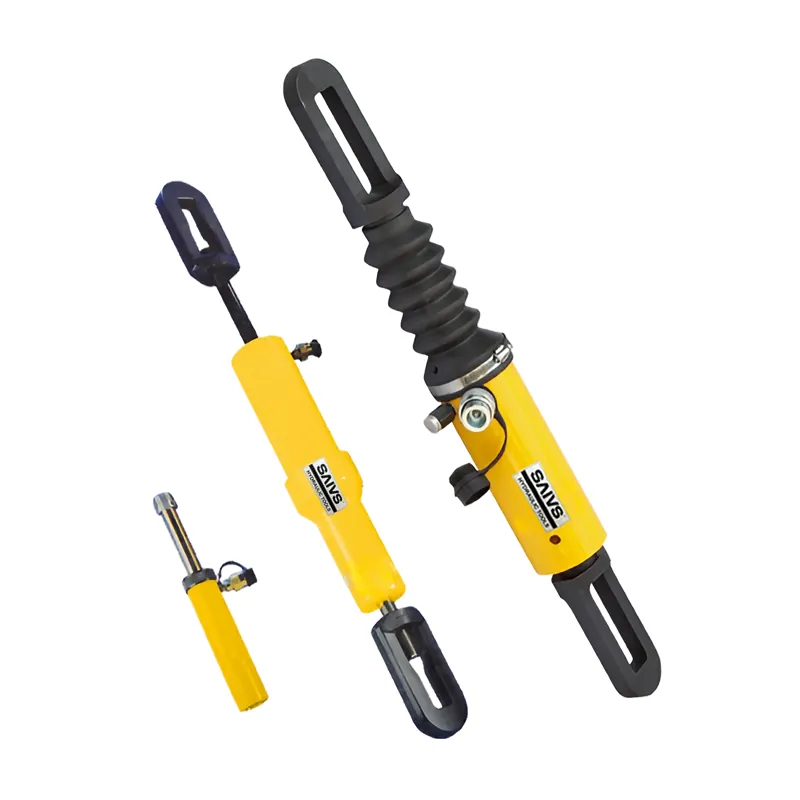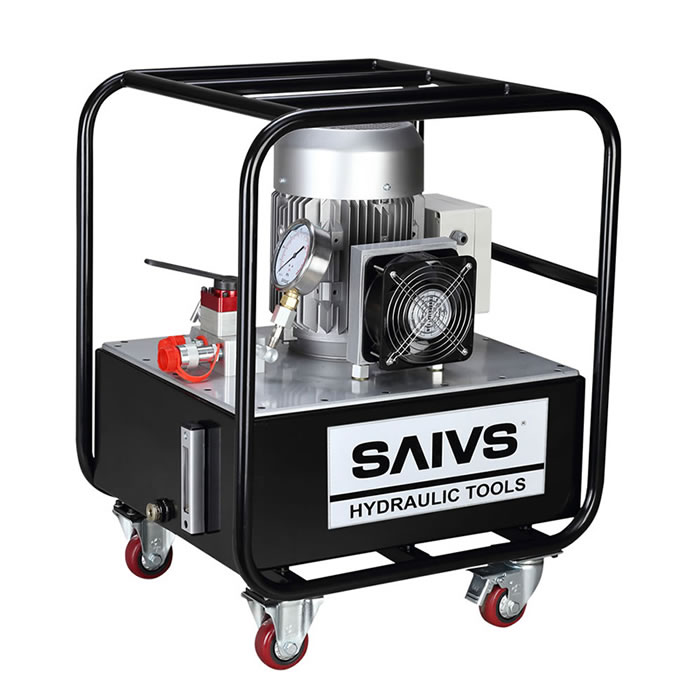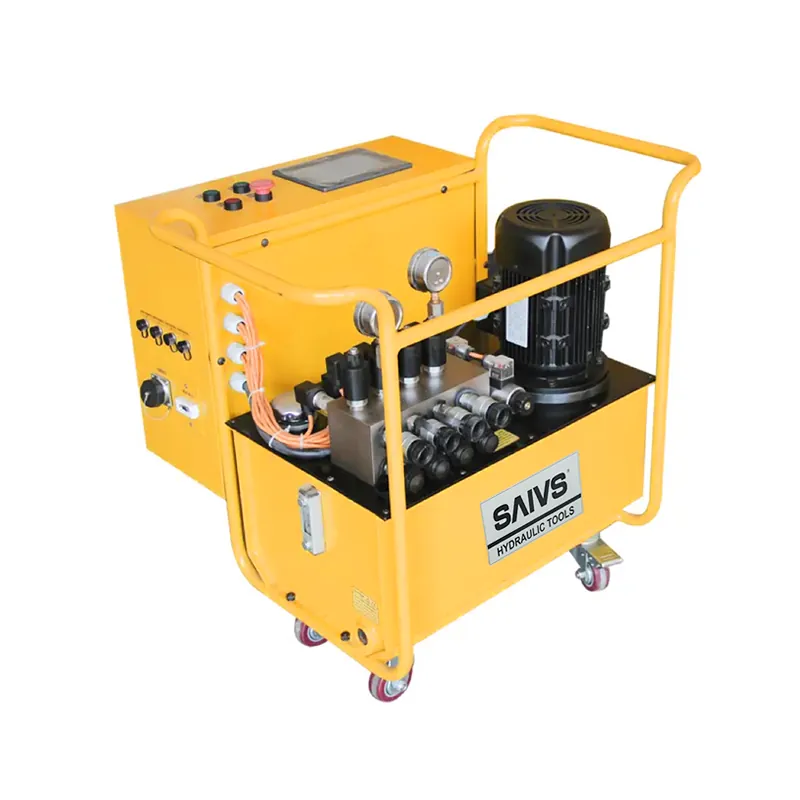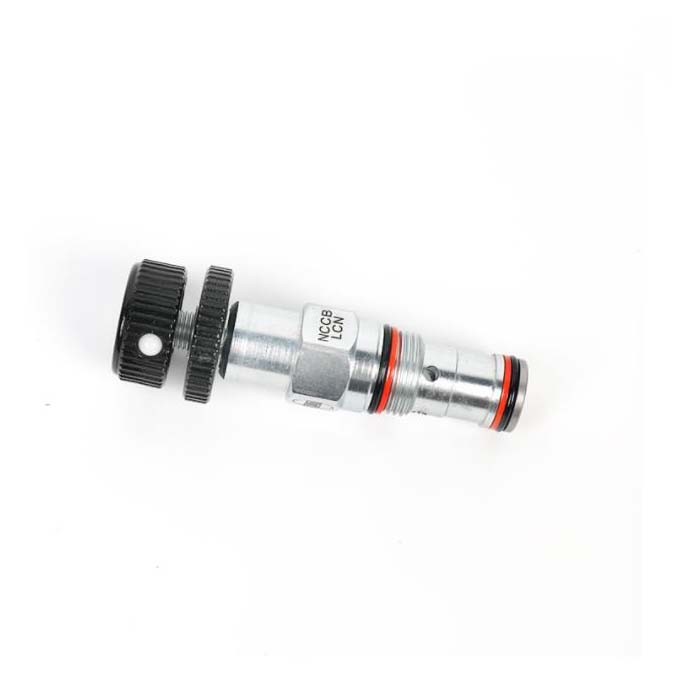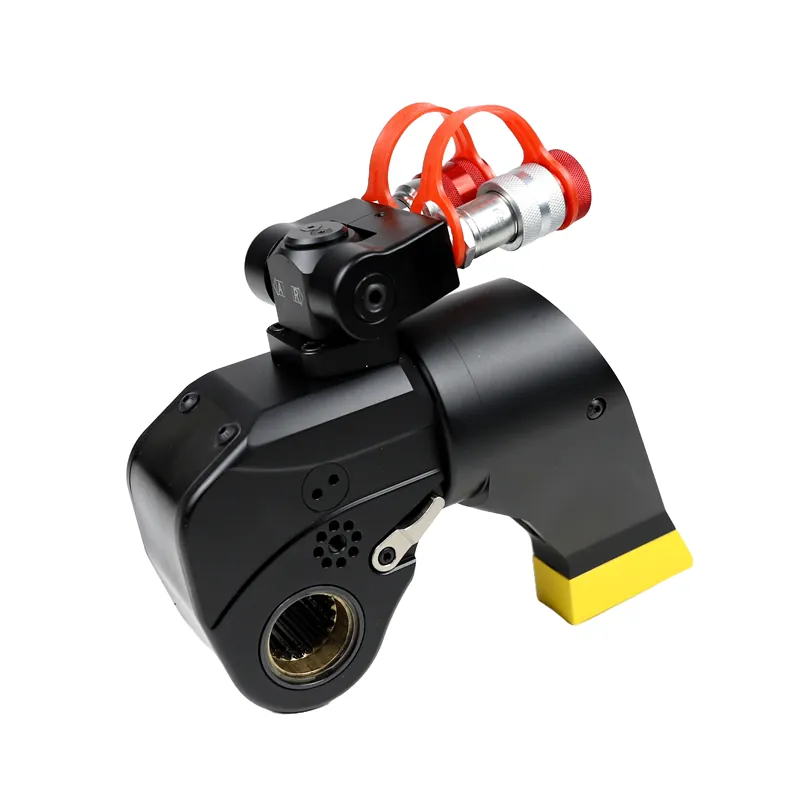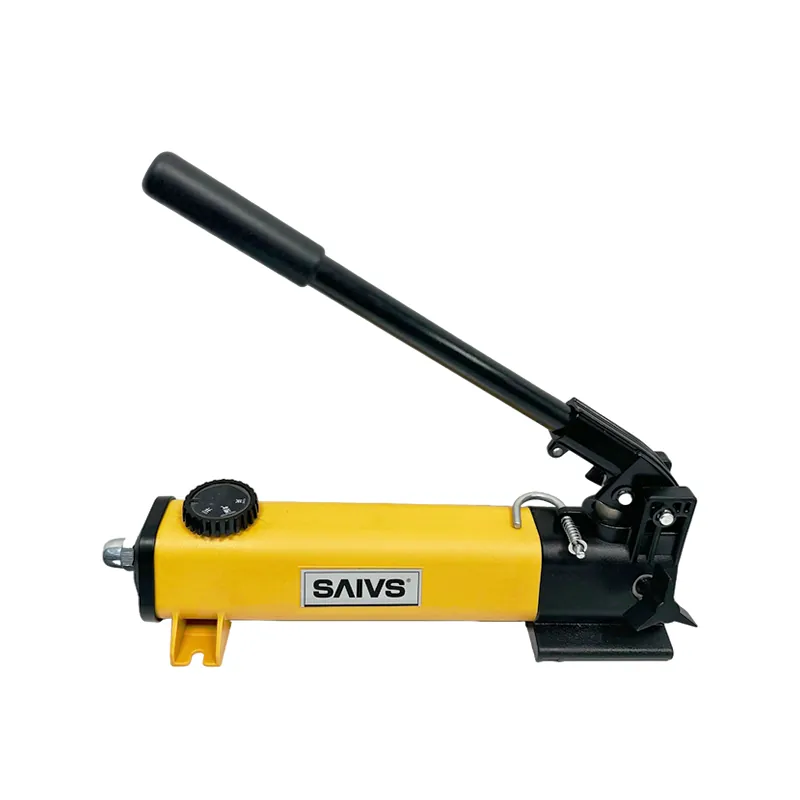How To Maintain Hydraulic Torque Wrenches
In the realm of industrial applications and machinery assembly, the precision and reliability of tools play a pivotal role.
Hydraulic torque wrenches, essential for achieving accurate torque values,
are subject to stringent maintenance and operational practices.
Calibration, proper handling, and adherence to recommended guidelines contribute to their longevity and optimal performance.
Additionally, understanding the distinctions between torque and tensioning, as well as adopting best practices in hydraulic
wrench maintenance, further enhance the efficiency and lifespan of these critical tools.
This discussion delves into the significance of calibrating hydraulic torque wrenches, explores key maintenance practices,
and sheds light on factors contributing to their extended service life.
Calibrating hydraulic torque wrenches is crucial for several reasons:
1. Accuracy Assurance:
Calibrating ensures that the torque wrench provides accurate torque values.
This is vital in applications where precise torque is critical for the proper functioning of bolts and fasteners.
2. Quality Control:
Calibration is a key aspect of quality control processes. It helps maintain consistent and reliable performance,
ensuring that products meet industry standards and specifications.
3. Safety Compliance:
Accurate torque application is essential for safety. Calibrating torque wrenches helps prevent under or over-tightening,
reducing the risk of equipment failure, accidents, and injuries.
4. Equipment Longevity:
Over-torquing can lead to premature wear and damage to both the torque wrench and the fasteners.
Proper calibration extends the lifespan of the equipment and reduces the likelihood of costly repairs or replacements.
Torque vs Tensioning
Hydraulic torque wrenches apply rotational force directly to bolts or nuts, causing them to tighten or loosen.
Torque is the rotational force measured in units such as Newton meters (Nm) or pound-feet (lbf-ft).
Hydraulic torque wrenches are used when a specific torque value is required for the application.
On the other hand, hydraulic bolt tensioning involves applying a tensile force directly to bolts.
This stretches the bolts, creating an axial load that generates clamping force on the joint.
The tension in the bolts is measured in units such as kilonewtons (kN) or pounds-force (lbf).
Hydraulic bolt tensioning is used when a specific tension or preload in the bolts is required for the application.
Pay attention to the following points when maintaining hydraulic wrenches:
1. Handle with Care During Transfer:
Exercise caution to prevent accidental drops when transporting or using the hydraulic wrench.
Mishandling can lead to damage, affecting its performance and safety.
2. Maintain Clean Oil Inlet and Outlet:
Regularly inspect and ensure the cleanliness of the hydraulic wrench's oil inlet and outlet.
Avoid contamination by oily sludge, as it can compromise the efficiency and reliability of the tool.
3. Secure Joints with Threaded Plugs:
Use threaded plugs on oil pipe joints to prevent dirt from contaminating the working fluid.
This measure helps maintain the cleanliness and integrity of the Hydraulic System.
4. Thoroughly Read the Manual:
Prior to using the hydraulic wrench, carefully review the user manual.
This step is crucial for understanding proper operating procedures,safety precautions,
and maintenance requirements, minimizing the risk of accidents.
5. Control Pressure During Pre-tightening:
Exercise strict control over the pressure during pre-tightening operations.
Avoid using overpressure to ensure personal safety and prevent potential damage to the hydraulic wrench.
Adhering to recommended pressure limits enhances overall tool longevity and performance.
6. Prevent Rust During Storage:
When storing the hydraulic wrench for an extended period, guard against rust by applying petroleum jelly.
Store the tool in a dry environment at an appropriate temperature, preferably within a protective box.
7. Monitor High-Pressure Hose Strength:
Over time, the strength of the high-pressure hose diminishes. Periodically replace the high-pressure
hose to ensure optimal performance and reduce the risk of failure during operation.
8. Use Compatible Hydraulic Oil:
Employ only hydraulic oil as the working fluid for the hydraulic wrench.
Avoid using substances like alcohol or water, as they are incompatible.
Opting for high-quality hydraulic oil is essential for prolonging the tool's operational life.
To extend the service life of hydraulic wrenches, you can follow these practices:
1. Proper Maintenance:
Regularly inspect and maintain your hydraulic wrenches according to the manufacturer's guidelines.
This includes cleaning, lubricating, and replacing worn-out or damaged parts.
Proper maintenance ensures optimal performance and prevents premature wear and tear.
2. Hydraulic Oil Selection:
The quality, cleanliness, and viscosity of the hydraulic oil have a significant impact on the reliability,
efficiency, lifespan, and economy of the hydraulic wrench and system.
The design of the driven hydraulic wrench includes an egg-shaped cam to ensure sufficient air intake
and exhaust in the cylinder, allowing for quick valve opening and closing.
To prevent valve wear, noise, and other issues, it is crucial to use anti-wear hydraulic oil with a zero density.
3. Correct Torque Settings:
Always use the hydraulic wrench within its recommended torque range.
Avoid exceeding the maximum torque capacity, as it can strain the tool and lead to damage.
Similarly, using insufficient torque may result in loose connections.
Follow the specified torque settings for each application to prevent overloading or underloading the wrench.
4. Operator Training:
Adequate training is essential for operators who are new to using hydraulic wrenches.
They should thoroughly read and understand the operation manual, familiarize themselves with the principles,
installation procedures, testing, operation, maintenance, and repair of the hydraulic wrench.
Additionally, operators must undergo training and assessments to ensure their competence for the job.
5. Hydraulic Oil Selection:
The quality, cleanliness, and viscosity of the hydraulic oil have a significant impact on the reliability,
6. Oil Temperature Control:
It is important to control the oil temperature within the specified range.
The recommended operating temperature for the hydraulic system is between 35°C and 45°C,
as exceeding 45°C can be detrimental to the system. The minimum allowable oil temperature is 25°C.
If the temperature exceeds the specified limits, the system should be promptly checked and necessary measures taken.
if you are looking for factory manufacturers and suppliers of (Hydraulic Torque Wrench),
choose SAIVS TOOL because of the high quality, variety of choices, low price and fast delivery.
you can easily find the best (Hydraulic Torque Wrench) solution here!


